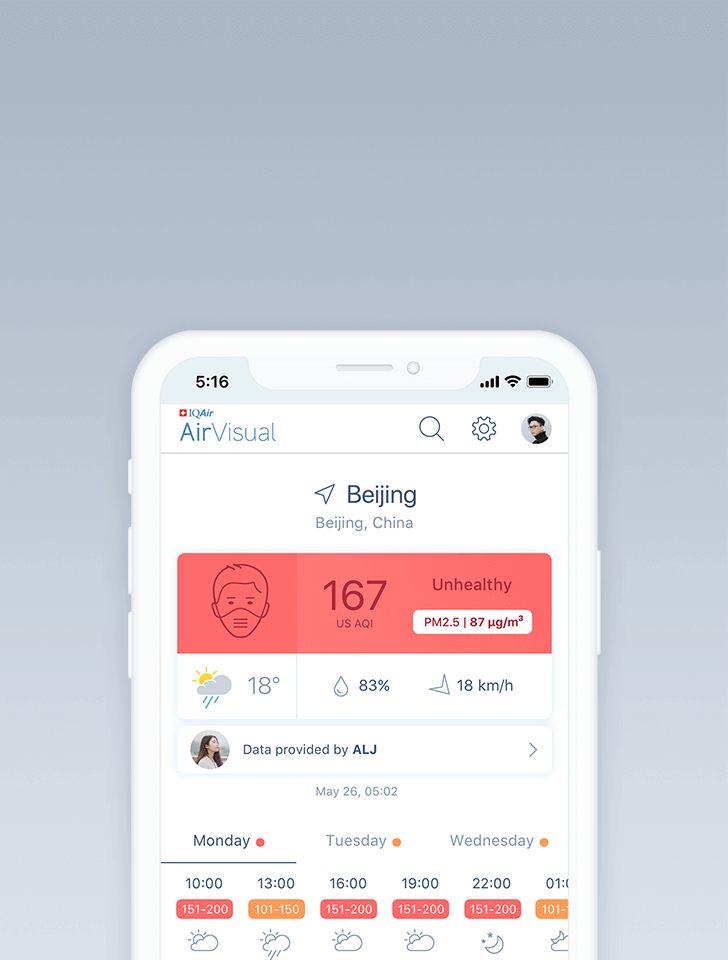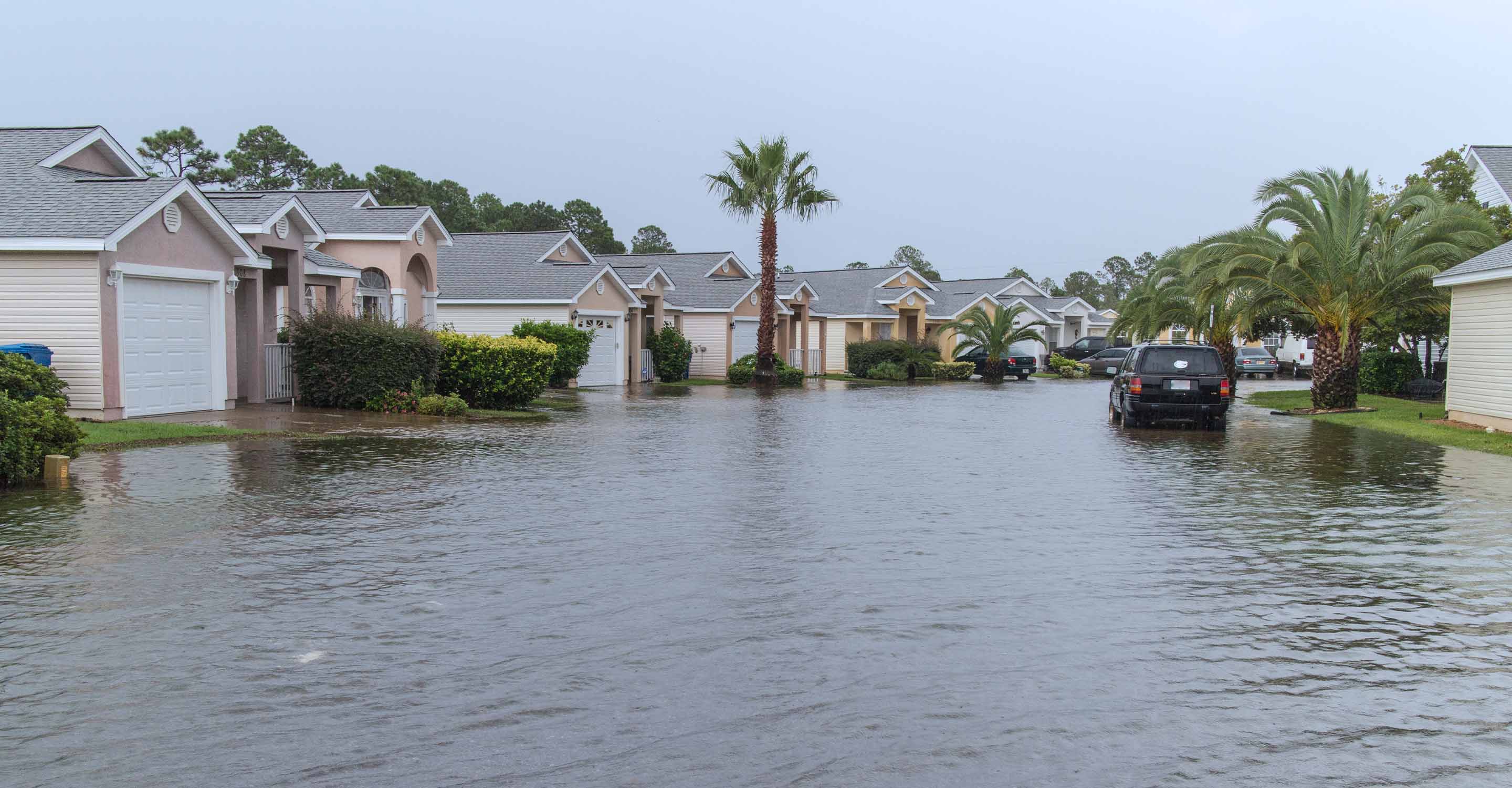Air quality in Qingdao
Air quality index (AQI) and PM2.5 air pollution in Qingdao
105.9K people follow this city

Qingdao Air Quality Map
Real-time Qingdao air pollution map
Weather
What is the current weather in Qingdao?
| Weather | Broken clouds |
| Temperature | 51.8°F |
| Humidity | 82% |
| Wind | 12.3 mp/h |
| Pressure | 29.8 Hg |
live aqi city ranking
Real-time China city ranking
| # | city | US AQI |
|---|---|---|
| 1 | Guyuan, Ningxia | 431 |
| 2 | Siping, Jilin | 300 |
| 3 | Changchun, Jilin | 279 |
| 4 | Tieling, Liaoning | 241 |
| 5 | Dongling, Liaoning | 225 |
| 6 | Liaoyuan, Jilin | 216 |
| 7 | Daqing, Heilongjiang | 213 |
| 8 | Jilin, Jilin | 211 |
| 9 | Shenyang, Liaoning | 198 |
| 10 | Harbin, Heilongjiang | 197 |
(local time)
SEE WORLD AQI RANKING3D animated air pollution map

live Qingdao aqi ranking
Real-time Qingdao air quality ranking
| # | station | US AQI |
|---|---|---|
| 1 | Yangkou | 86 |
| 2 | South of Shibei District | 84 |
| 3 | Chengyang District Substation | 68 |
| 4 | Laoshan District Substation | 61 |
| 5 | North of Licang District | 61 |
| 6 | Sifang District Substation | 55 |
| 7 | Shinan District West Substation | 51 |
| 8 | City Southern District East Substation | 50 |
| 9 | Huangdao District Substation | 41 |
(local time)
SEE WORLD AQI RANKINGUS AQI
61
live AQI index
Moderate
Overview
What is the current air quality in Qingdao?
| Air pollution level | Air quality index | Main pollutant |
|---|---|---|
| Moderate | 61 US AQI | PM2.5 |
| Pollutants | Concentration | |
|---|---|---|
| PM2.5 | 17µg/m³ | |
| PM10 | 56µg/m³ | |
| O3 | 93µg/m³ | |
| NO2 | 13µg/m³ | |
| SO2 | 6µg/m³ | |
| CO | 450µg/m³ | |
PM2.5
x3.4
PM2.5 concentration in Qingdao is currently 3.4 times the WHO annual air quality guideline value
Health Recommendations
What is the current air quality in Qingdao?
| Sensitive groups should reduce outdoor exercise | |
| Close your windows to avoid dirty outdoor air GET A MONITOR | |
| Sensitive groups should wear a mask outdoors GET A MASK | |
| Sensitive groups should run an air purifier GET AN AIR PURIFIER |
Forecast
Qingdao air quality index (AQI) forecast
| Day | Pollution level | Weather | Temperature | Wind |
|---|---|---|---|---|
| Wednesday, Apr 17 | Moderate 75 AQI US | 59° 51.8° | ||
| Thursday, Apr 18 | Unhealthy for sensitive groups 129 AQI US | 62.6° 51.8° | ||
| Friday, Apr 19 | Moderate 87 AQI US | 59° 53.6° | ||
| Today | Moderate 61 AQI US | 53.6° 51.8° | ||
| Sunday, Apr 21 | Moderate 72 AQI US | 59° 50° | ||
| Monday, Apr 22 | Moderate 61 AQI US | 57.2° 50° | ||
| Tuesday, Apr 23 | Moderate 56 AQI US | 60.8° 51.8° | ||
| Wednesday, Apr 24 | Moderate 57 AQI US | 60.8° 51.8° | ||
| Thursday, Apr 25 | Moderate 64 AQI US | 59° 53.6° | ||
| Friday, Apr 26 | Moderate 56 AQI US | 59° 51.8° |
Interested in hourly forecast? Get the app
AIR QUALITY ANALYSIS AND STATISTICS FOR Qingdao
What is the air quality index of Qingdao?
Qingdao is a major city in the eastern Shandong Province on the Yellow Sea coastline. It is sometimes called Tsingtao. It is a major nodal city and a very important link in China’s One Belt, One Road initiative which links Asia to Europe. In 2014 the population was almost 10 million so it will almost certainly be a lot more now.It is a major nodal city and a very important link in China’s One Belt, One Road initiative which links Asia to Europe. In 2014 the population was almost 10 million so it will almost certainly be a lot more now.
Towards the end of 2020, Qingdao was experiencing “Moderate” air quality, according to the World Health Organisation’s (WHO) recommendations. The figure recorded was a US AQI figure of 86. Concentrations of other pollutants were as follows: PM2.5 - 29 µg/m³, PM10 - 86.5 µg/m³, ozone (O3) - 59 µg/m³, nitrogen dioxide (NO2) - 26 µg/m³, sulphur dioxide (SO2) - 20 µg/m³ and carbon monoxide (CO) - 700 µg/m³. With levels such as these, the advice is to close doors and windows to prevent the ingress of polluted air and those of a sensitive disposition should avoid outdoor exercise where possible or until the air quality has improved.
Is air pollution in Qingdao getting better or worse?
In 2019, Qingdao recorded an annual mean figure of 39.4 µg/m³ which classified it as “Unhealthy for sensitive groups”. For 7 months of that year, the air quality was classed as “Moderate” with figures between 12.1 and 35.4 µg/m³. In the three winter months of December, January and February, the air quality was “Unhealthy” with figures between 55.5 and 150.4 µg/m³. The remaining two months showed figures as being “Unhealthy for sensitive groups” with readings between 35.5 and 55.4 µg/m³. Historically the figures were 38.4 µg/m³ in 2017 and 34.3 µg/m³ in 2018, so the quality is getting slightly worse as each year passes.
However, an improvement was starting to show in 2020. On the morning of 4th August, Qingdao City announced the city's ecological and environmental protection work in the first half of 2020. In the first half of the year, the overall situation of Qingdao’s ambient air quality was the best in the past six years, with an excellent air quality rate of 84.6 per cent, an increase of 8.9 percentage points year-on-year; the comprehensive air quality index improved by 14.8 per cent year-on-year, ranking top three in the province.
The air quality in Qingdao in the first half of 2020 was: PM2.5 is 36 µg/m³, an improvement of 20 per cent year-on-year; PM10 is 66 µg/m³, an improvement of 22.4 per cent year-on-year; sulphur dioxide (SO2) was 7 µg/m³, an improvement of 22.2 year-on-year, and nitrogen dioxide was 29 µg/m³ which was an improvement of 12.1 per cent year-on-year, which was the best level since the implementation of the new national air quality standard in 2013. The prevention and control of air pollution have always been of great concern to the citizens. Qingdao gas station launched a preferential policy for staggered refuelling in June to encourage car owners to refuel at night to minimize ozone (O3) generation. Under high-temperature conditions in summer and autumn, especially under strong sunlight, volatile organic compounds in the air can be converted into ozone through photochemical reactions.
What are the main sources of Qingdao’s polluted air?
The sources of air pollutants are mainly "released by nature" and "manufactured by human activities". Natural releases include those caused by natural phenomena such as sandstorms, volcanic activity, sea salt droplets, forest fires and weathering of rocks. The production of human activities can be divided into fixed sources (mainly industrial pollution) and mobile sources (mainly refers to motor vehicle pollution), emission sources (mainly construction and agricultural pollution) and others (catering and burning of paper).
What can be done to improve the air quality in Qingdao?
On 22nd September 2020, Chinese President Xi Jinping made a solemn promise at the 75th United Nations General Assembly that China's carbon dioxide (CO2) emissions will peak by 2030 and strive to achieve carbon neutrality by 2060.
In the past few years, the concentration of air pollution in Qingdao has decreased year by year, and sulphur dioxide (SO2) and nitrogen dioxide (NO2) have steadily reached the standard, but PM10 has not yet got there, and PM2.5 is on the verge of instability. At present, there is little potential for emission reduction in terminal treatment facilities, and how to ensure stable air quality up to standard is an important issue facing Qingdao. As an open coastal city, Qingdao has slightly better air quality than the similar sub-provincial northern city, such as Dalian, but slightly worse air quality than southern cities such as Shenzhen, Ningbo and Xiamen.
Straw burning produces large amounts of pollutants in a short period of time. If unfavourable weather conditions are superimposed on it, it will increase the impact of polluting weather. Therefore, the ban on straw burning in autumn should be an important part of the prevention and control of air pollution in autumn and winter. 2020 was the last year in a “five year plan” to radically reduce pollution.
Satellite remote sensing and other scientific and technological means can be used to monitor incineration fires. For fires that are discovered, on-site verification will be conducted immediately, and a follow-up and supervision of the investigation and handling, and severely punish those responsible.
What are the effects on health through breathing in Qingdao’s polluted air?
Carbon monoxide (CO) will reduce the oxygen-carrying capacity of red blood cells, and its impact on health depends on the length of time the body is exposed to carbon monoxide and the concentration of carbon monoxide inhaled. The average person feels headache, dizziness and fatigue when inhaling low levels of carbon monoxide. When inhaling high concentrations of carbon monoxide, it can cause blurred vision, loss of coordination, and even death.
Nitrogen dioxide (NO2) can irritate the mucous membranes of the eyes, nose, throat, and respiratory tract. Exposure to low concentrations of nitrogen dioxide can cause bronchial allergies and aggravate asthma patients' reactions to allergens. In addition, nitrogen dioxide (NO2) will also worsen the condition of patients with chronic respiratory diseases. Prolonged exposure to nitrogen dioxide may weaken lung function and reduce the ability of the respiratory system to fight disease.
Ground-level ozone (O3) is a gas that can easily cause chemical reactions. It can irritate the eyes and cause respiratory problems. In addition to causing asthma, ozone also increases the risk of respiratory infections and worsens existing respiratory diseases.





